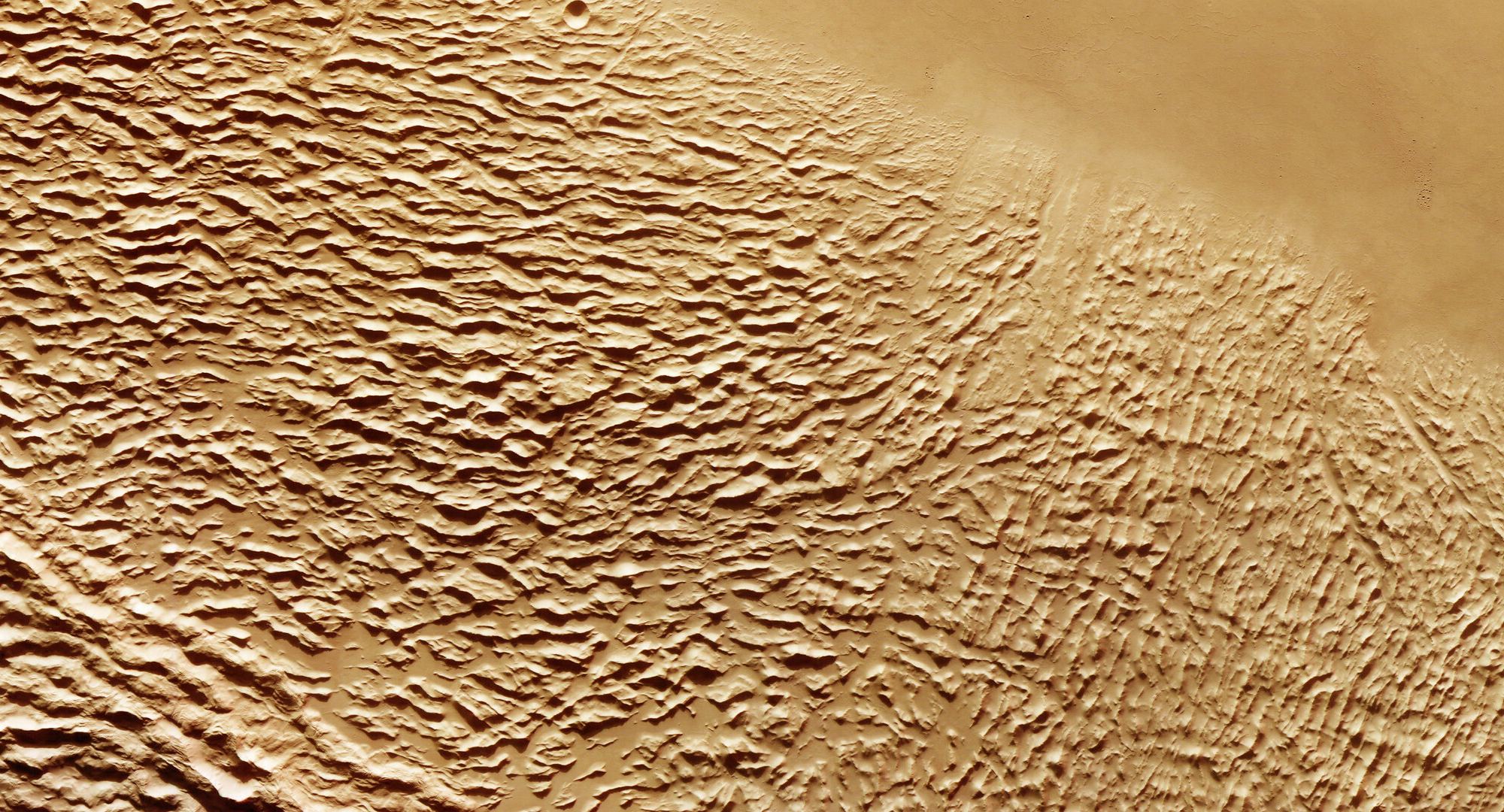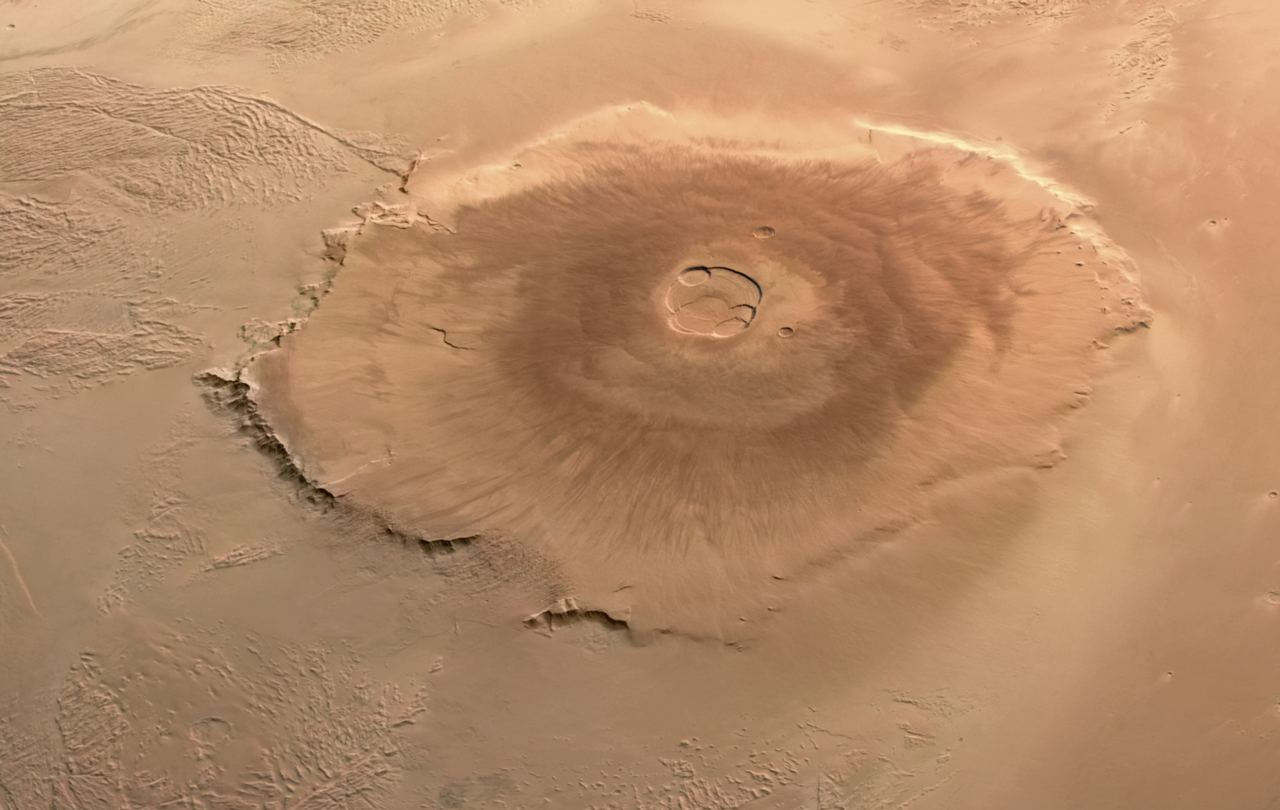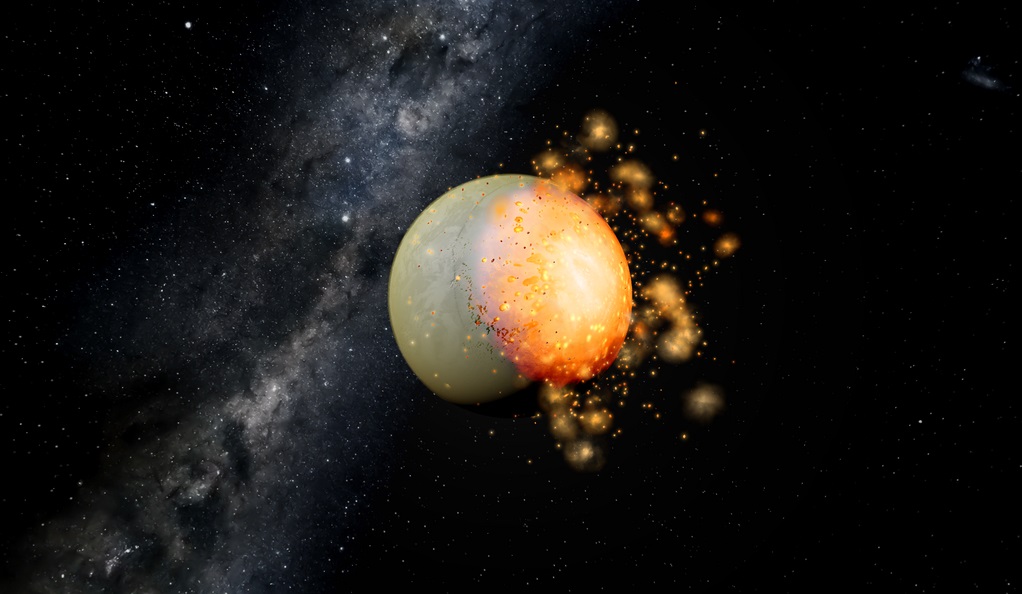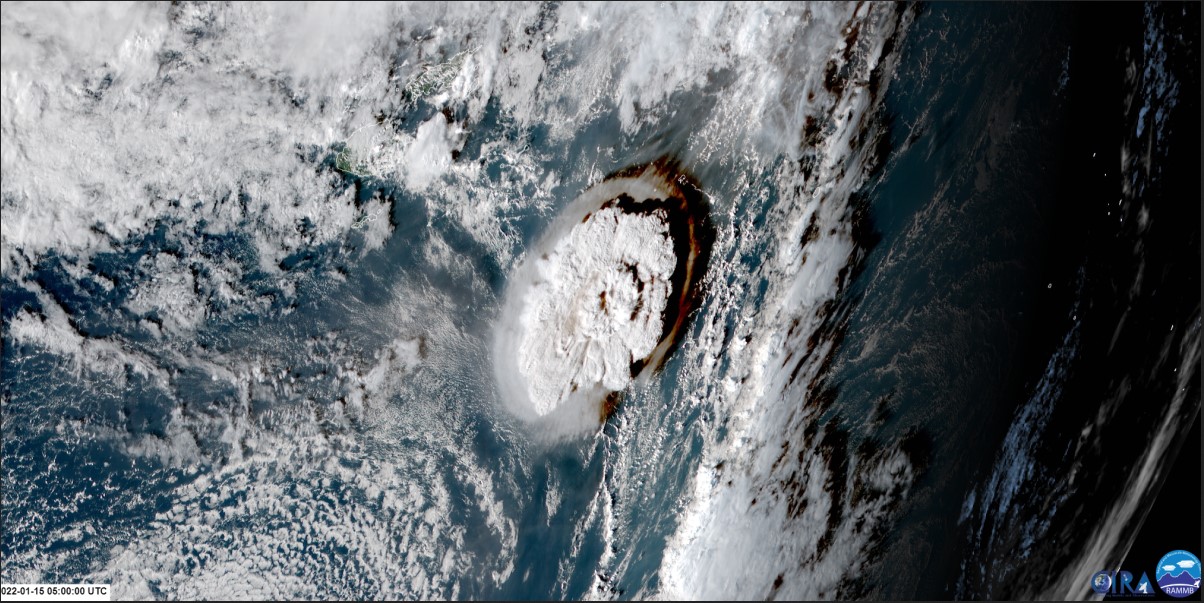Volcanoes are not restricted to the land, there are many undersea versions. One such undersea volcano known as Hunga Tonga-Hunga Ha’apai off the coast of Tonga. On 15th January 2022, it underwent an eruption which was one of the most powerful in recent memory. A recent paper shows that seismic waves were released 15 minutes before the eruption and before any visible disruption at the surface. The waves had been detected by a seismic station 750km away. This is the first time a precursor signal has been detected.
Continue reading “There Was a 15 Minute Warning Before Tonga Volcano Exploded”Juno Sees a Brand New Volcano on Io

Jupiter’s moon, Io, is the most volcanic body in the Solar System. NASA’s Juno spacecraft has been getting closer and closer to Io in the last couple of years, giving us our first close-up images of the moon in 25 years.
Recent JunoCam images show a new volcano that appeared sometime after the Galileo spacecraft visited the region.
Continue reading “Juno Sees a Brand New Volcano on Io”Volcanic Plumes Rise Above Lava Lakes on Io in this Juno Image

As the most volcanic object in the Solar System, Jupiter’s moon Io attracts a lot of attention. NASA’s Juno spacecraft arrived at the Jovian system in July 2016, and in recent months, it’s been paying closer attention to Io.
Though Io’s internal workings have been mostly inscrutable, images and data from Juno are starting to provide a fuller picture of the strange moon’s volcanic inner life.
Continue reading “Volcanic Plumes Rise Above Lava Lakes on Io in this Juno Image”Cryovolcanism: Why study it? What can it teach us about finding life beyond Earth?

Universe Today has had the privilege of spending the last several months venturing into a multitude of scientific disciplines, including impact craters, planetary surfaces, exoplanets, astrobiology, solar physics, comets, planetary atmospheres, planetary geophysics, cosmochemistry, meteorites, radio astronomy, extremophiles, organic chemistry, and black holes, and their importance in helping teach scientists and the public about our place in the cosmos.
Continue reading “Cryovolcanism: Why study it? What can it teach us about finding life beyond Earth?”Io Has Been Volcanically Active for its Entire History

Jupiter’s moon Io is a volcanic powerhouse. It’s the most geologically active world in the Solar System, sporting more than 400 spouting volcanoes and vents on its surface. Has it always been this way? A team of planetary scientists says yes, and they have the chemical receipts to prove it.
Continue reading “Io Has Been Volcanically Active for its Entire History”Volcanoes Were Erupting on Venus in the 1990s
Start talking about Venus and immediately my mind goes to those images from the Venera space probes that visited Venus in the 1970’s. They revealed a world that had been scarred by millennia of volcanic activity yet as far as we could tell those volcanoes were dormant. That is, until just now. Magellan has been mapping the surface of Venus and between 1990 and 1992 had mapped 98% of the surface. Researchers compared two scans of the same area and discovered that there were fresh outflows of molten rock filling a vent crater! There was active volcanism on Venus.
Continue reading “Volcanoes Were Erupting on Venus in the 1990s”Over 100 Million Years Ago, Olympus Mons Had a Massive Landslide

While the surface of Mars looks relatively unchanging now, it wasn’t always so. The tallest mountain in the Solar System is Olympus Mons, a giant shield volcano on Mars that reaches 21.9 km (13.6 miles) high, 2.5 times higher than Mount Everest here on Earth. Ancient lava flows surround the volcanic caldera, evidence of an active time.
New images from ESA’s Mars Express show how these lava flows created extremely sharp cliffs, as high as 7 km (4.3 miles) in some areas, which suddenly collapsed in mind-boggling landslides. One of these landslides occurred several 100 million years ago when a chunk of the volcano broke off and spread across the surrounding plains. If we could look back in time and see as it happened, it was certainly a very dramatic and turbulent epoch on Mars.
Continue reading “Over 100 Million Years Ago, Olympus Mons Had a Massive Landslide”Did Powerful Asteroid Impacts Make Venus So Different From Earth?
Venus and Earth have several things in common. Both are terrestrial planets composed of silicate minerals and metals that are differentiated between a rocky mantle and crust and a metal core. Like Earth, Venus orbits within our Sun’s circumsolar habitable zone (HZ), though Venus skirts the inner edge of it. And according to a growing body of evidence, Venus has active volcanoes on its surface that contribute to atmospheric phenomena (like lightning). However, that’s where the similarities end, and some rather stark differences set in.
In addition to Venus’ hellish atmosphere, which is about 100 times as dense as Earth’s and hot enough to melt lead, Venus has a very “youthful” surface. Compared to other bodies in the Solar System (like Mercury, the Moon, and Mars), Venus’ surface retains little evidence of the many bolides impacts it experienced over billions of years. According to new research from the Southwest Research Institute (SwRI) and Yale University, this may result from bolide impacts that provided a high-energy, rejuvenating boost to the planet in its early years.
Continue reading “Did Powerful Asteroid Impacts Make Venus So Different From Earth?”Olympus Could Have Been a Giant Volcanic Island in an Ancient Martian Ocean

Olympus Mons, located at the northwest edge of the Tharsis Montes region on Mars, was appropriately named. Based on readings obtained by the Mars Orbiter Laser Altimeter (MOLA), an instrument aboard NASA’s Mars Global Surveyor (MGS), this mountain is the tallest in the Solar System, standing 21.9 km (13.6 mi) tall – about two and a half times the height of Mount Everest (8.85 km; 5.5 mi). According to current estimates, this extinct shield volcano formed during Mars’ Hesperian Period (ca. 3.7 to 3 billion years ago), which was characterized by widespread volcanic activity and catastrophic flooding.
This coincides with a period when Mars had a denser atmosphere, a warmer environment, and flowing water on its surface. This included a global ocean that spanned much of the northern hemisphere, known today as the Northern Lowlands, encompassing Olympus Mons. According to a recent study led by researchers from the Centre National de Recherches Scientifique (CNRS), features found on the slopes of Olympus Mons indicate that it could have been a massive volcanic island where volcanic eruptions flowed into the ocean, similar to ones found on Earth.
Continue reading “Olympus Could Have Been a Giant Volcanic Island in an Ancient Martian Ocean”The Most Intense Lightning Ever Seen Came From Last Year's Tonga Volcano Eruption
The enormous undersea volcano that erupted in Tonga last year was record-breaking in many regards. It generated the highest-ever recorded volcanic plume, it triggered a sonic boom that circled the globe twice, and was the most powerful natural explosion in more than a century.
Now, scientists studying the eruption say the volcanic plume created record-breaking amounts of volcanic lightning, the most intense lightning rates ever documented in Earth’s atmosphere. While the ash obscured the view, satellites and ground-based radio antennas with specialized instrument could peer through the ash and see every stage of the unfolding eruption. Over 200,000 lightning flashes were detected in the volcanic plume, more than 2,600 flashes every minute.
Continue reading “The Most Intense Lightning Ever Seen Came From Last Year's Tonga Volcano Eruption”



